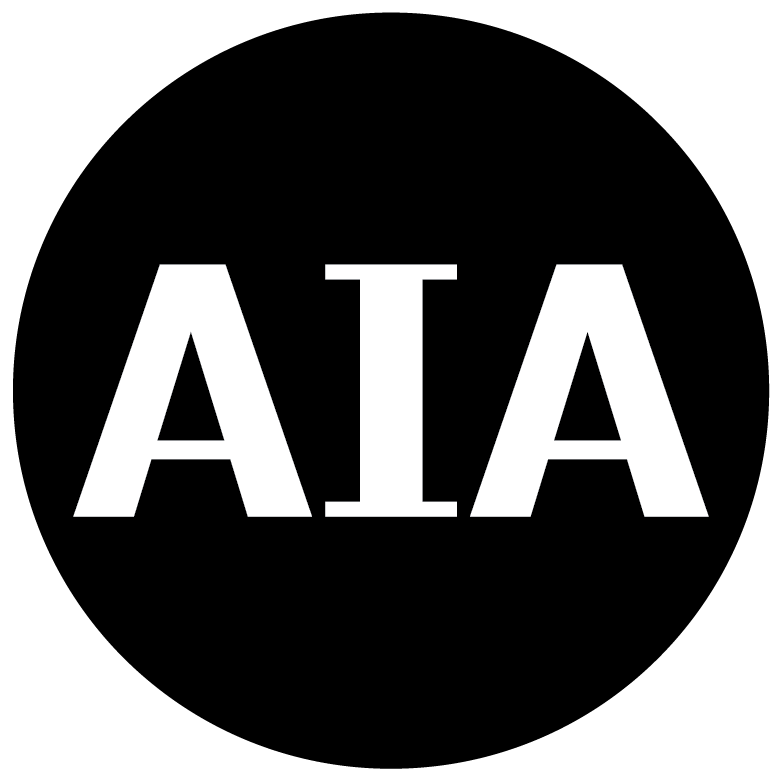What architects need to know about leadership succession
Firm transitions require a deep commitment and collaboration from current and future leaders.
Developing a plan for leadership succession is critical for any architecture firm’s future. Current principals and owners should look ahead, recruiting employees who have the potential to take the firm into the next generation and providing them with professional development opportunities that will ensure their success. Whether you’re a current firm owner or are looking to become one, there are many factors you should be aware of to ensure a seamless transition.
Creating and sustaining value
Running a firm that is productive and profitable is not enough. To create real value in a firm, great attention needs to be paid to the development and retention of the next generation of leaders. Firm owners should invest in mentoring and training ambitious, capable young professionals. Firm owners must also ensure that all employees are compensated well, and fairly, so employees are incentivized to remain with the firm and contribute to its future success.
Becoming a firm principal requires new knowledge and responsibilities that current principals must be prepared to impart when planning for succession. It also means taking on financial and professional risk, and when firm ownership is considered, the opportunity to share in the profits and the losses. Incoming leaders need to embrace entrepreneurial motivation and rely on those around them for help navigating the transition. Ed Hord, FAIA, founder and senior principal of Hord, Coplan, Macht describes these ideas in more detail in the AIA Trust article, Architecture Firm Ownership Transitions.
Seizing opportunities while understanding risk
Not everyone is cut out for work as a firm leader, but for those who are ready to take it on, becoming a principal can be enormously rewarding. It opens new doors to career advancement and influence, as well as the opportunity to shape the future of the firm’s projects, staffing, and production. But in the end, the path towards firm leadership is about business. Since most architects are not trained in business management, there will be an ongoing and steep learning curve regarding transactions and risks.
Before taking the plunge, architects should consult with a lawyer so they fully understand the structure and exposure associated with an ownership deal. Perhaps most importantly, prospective owners should carefully review the firm’s past financial statements and relevant partnership agreements with special attention to liability issues and executive decision-making. Researching firm prospects and learning more about staff are also excellent ways to help inform how they may contribute meaningfully in advancing the mission of the firm. Architect and author Scott Simpson, FAIA, talks more about what transitioning architects should be aware of in the AIA Trust article Principal Interest.
Navigating cultural shifts and developing new skills
For new firm principals, relationships will change. While architects won’t always be able to choose their partners, they will need to make a concerted effort to establish trust and rapport with them. Demonstrating sensitivity to the firm culture, laying the groundwork for upcoming changes, and communicating in a transparent manner all contribute to a smooth firm transition.
Developing a broader skill set and taking on additional responsibilities are also key. Skills development needs to include handling staffing and operational details, managing financial aspects of running a firm, winning new work, and handling clients effectively. Often, new leaders will have to look outside their firm for continuing education opportunities. A sincere commitment to work harder than ever to attract new business, learn as much as possible about effectively marketing the firm, and serve as a firm ambassador in the community are all paramount to future success. Founder and principal consultant of AEC business consulting firm Cameron MacAllister Group, Mark A. Cameron, Hon. AIA., discusses these ideas more in the AIA Trust article Advice to Potential New Principals.
For more resources on ownership transition, take the AIAU course and visit the AIA Trust, where smart architects manage risk.
A different version of this article originally appeared in the May 2019 issue of the AIA Project Management Knowledge Community’s PM Digest.




